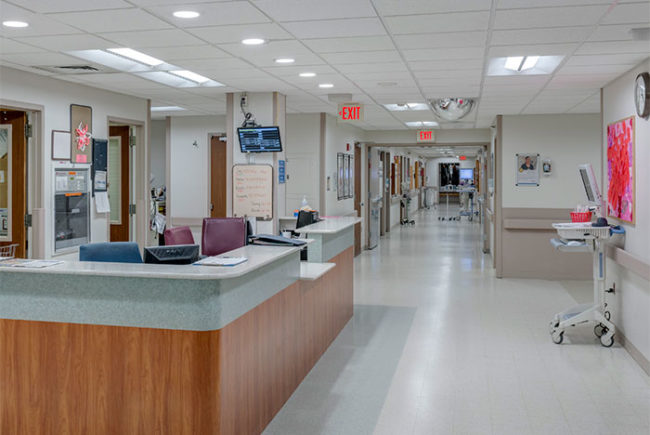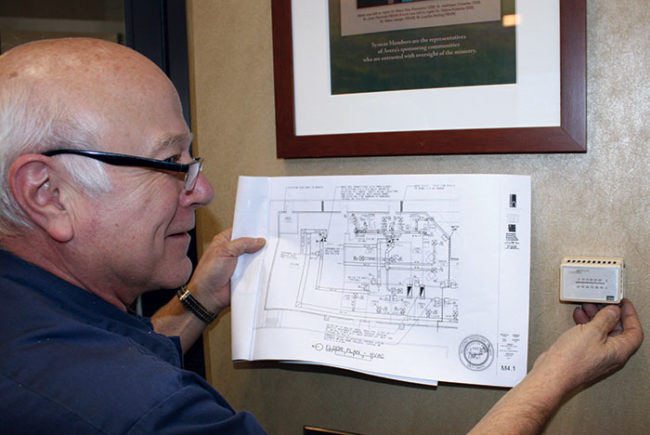The Environmental Protection Agency (EPA) has recognized three health care facilities with the Energy Star Combined Heat and Power (CHP) Award for superior performance of these systems.
The honored health facilities include South Oaks Hospital, Amityville, N.Y.; University of Maryland Upper Chesapeake Medical Center in Bel Air; and University of Massachusetts Medical School, Worcester Campus.
A fourth CHP award recipient, Maine Army National Guard in Bangor works with South Oaks Hospital on on-site solar photovoltaic systems to further reduce the facilities’ energy bills and carbon footprint.
The EPA presented the awards yesterday at the New York State Energy Research and Development Authority's On-site Power Conference and Expo, New York City.
“Today’s award winners demonstrate how CHP can save money and reduce pollution — a real win-win for the bottom line and the environment,” says Janet McCabe, acting assistant administrator for EPA’s Office of Air and Radiation. “On-site power generation, like CHP, also can strengthen our nation’s electrical infrastructure.”
High-efficiency CHP technology reduces emissions of carbon dioxide and other air pollutants by capturing the heat produced during electricity generation, which otherwise would be wasted, and using it to provide zero-emission space heating, cooling, hot water and steam.
The CHP systems achieved operating efficiencies of 70 to 75 percent, much higher than the efficiency of separate production of electricity and thermal energy, which is typically less than 50 percent.
Based on this comparison, the CHP systems avoid pollution equal to that from the generation of electricity used by more than 3,800 homes. The four systems together save an estimated $4 million annually.
CHP systems designed with the ability to disconnect from the grid and operate independently enable a facility’s operations to continue during power blackouts and other electric grid supply failures such as during disruptive storms.
For the health facilities recognized, CHP ensures that patient care can continue uninterrupted and vital assets such as medical research are safeguarded.
The EPA’s CHP Partnership seeks to reduce the environmental impact of power generation by promoting the cost-effective use of CHP. The partnership works closely with energy users, the CHP industry, state and local governments, and other clean-energy stakeholders to facilitate the development of new CHP projects.
The EPA recognizes CHP systems that have demonstrated superior performance, specifically systems that use at least 10 percent less fuel than state-of-the-art separate heat and power generation and are affiliated with one or more EPA CHP Partners.
Recognized systems must have a minimum of 12 months and 5,000 hours of measured operating data beginning within 14 months prior to the date of application and are operating within applicable permitted emission limits. The percentageof fuel savings and emissions avoided are different for each awardee.
For more information about the CHP Partnership, go to http://epa.gov/chp/.



.jpg?t=1661807141&width=650)

